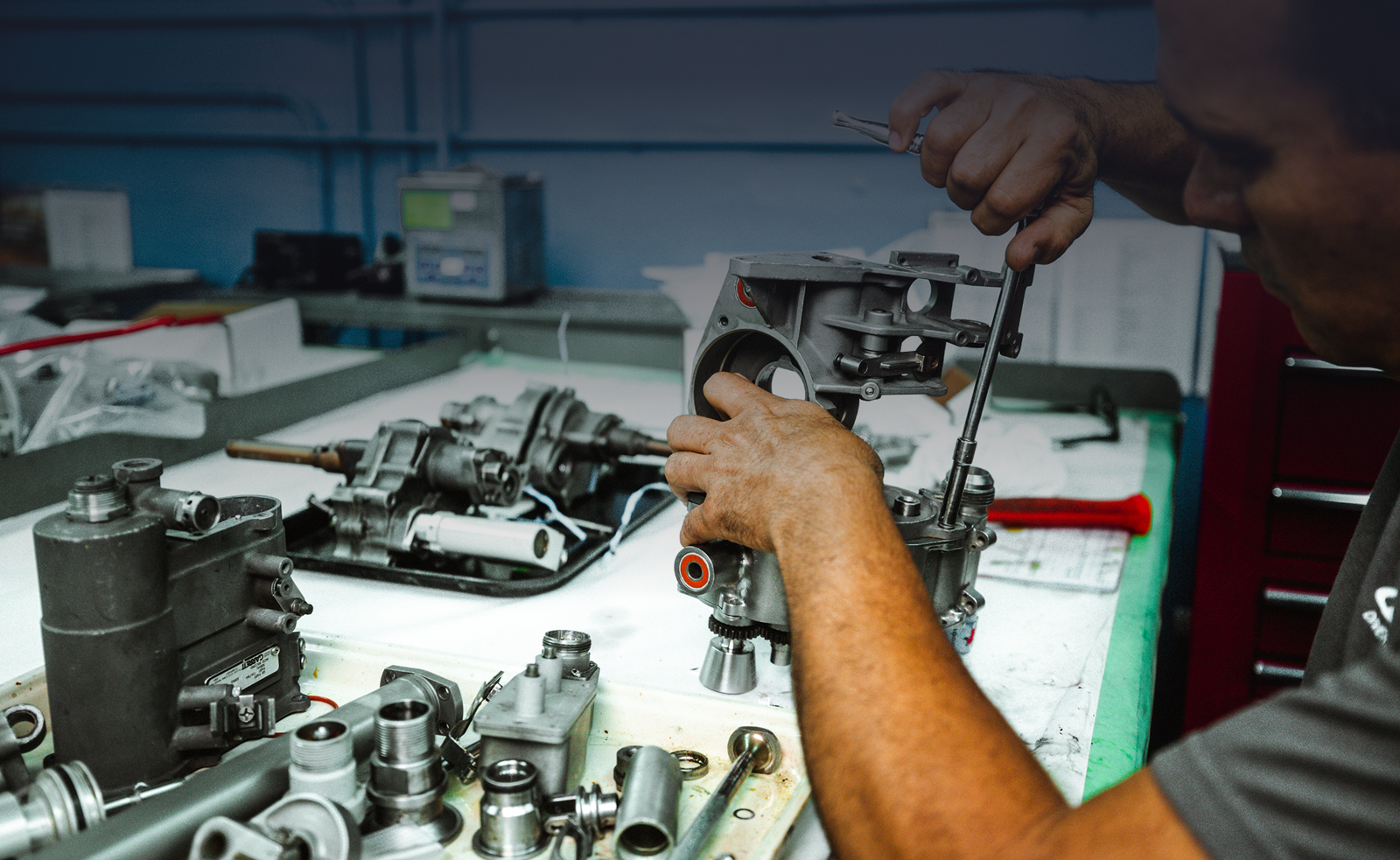
“Repair over replace” only works when documentation matches the rigor of the fix. In structural maintenance, Structural Repair Traceability is the complete, auditable chain of records proving the work followed approved data, met inspection criteria, and was released to service under the correct authority. It focuses on the repair record pack: traveler/routing, inspections, and release documentation required by the governing authority.
For Part 145 repair stations, traceability spans every step of a structural job: approved engineering data (SRM, OEM, or DER), qualified personnel and NDT, controlled materials and processes, and true as-run evidence. It concludes with a properly executed FAA Form 8130-3 or EASA Form 1, as applicable.
Before issuing a CRS or 8130-3/Form 1, the record set should include:
A widely adopted professional standard: no release is issued until the traveler, NDT reports, and (for composites) cure logs reconcile with the approved data.
USM can reduce TAT when it carries complete, verifiable documentation and meets engineering requirements. Practical controls include verifying service history, release documentation (8130-3/Form 1 where applicable), and condition before the part enters the traveler. Without proven provenance, components are not suitable for a compliant program.
Digital enablers assist verification and audit readiness but do not replace Part 145 records or release obligations. Systems should support controlled access, integrity of records, and alignment with the RSM/MOE.
On-site structural repairs are common in AOG or field scenarios. Under FAA rules, this is work away from the fixed location and must follow documented procedures in the repair station manuals; under EASA, it is maintenance away from the approved location per 145.A.75(c) and the MOE.
Maintain the same record integrity as in-hangar work: continuous traveler, controlled materials and NDT, calibrated tooling, and the correct release documentation traveling with the job. Where required, notify the authority per your approved procedure; do not establish permanency at the remote site.
Before releasing to service, verify:
Common audit findings: missing as-run evidence (e.g., cure traces or torque sheets), weak linkage between NDT indications and final acceptance, or an incorrect release basis for the maintenance performed.
Structural repair traceability is the difference between a competent fix and an airworthy component. Build the repair file around §145.219, 145.A.50, and the appropriate 8130-3/Form 1, and capture the as-run realities of composites and sheet-metal. The result is a release that stands up in audits—and in service.
What records must a Part 145 shop keep for structural repairs?
Records showing compliance with Part 43: traveler, approved data (including DER), material/consumable lots, personnel/NDT qualifications, as-run process logs, inspections, and the maintenance release; retain ≥2 years after approval for return to service.
When is FAA Form 8130-3 used vs. EASA Form 1?
Per Order 8130.21, use 8130-3 when applicable for approval for return to service. Under EASA Part-145, off-wing component work is typically released on Form 1 per 145.A.50 and MOE procedures.
What’s different about composite repair traceability?
Demonstrate the bond achieved the required cure with heat/pressure/vacuum traces and witness-coupon results when specified by approved data—before issuing a CRS.
Can USM be used in structural repairs?
Yes. When documentation is complete and traceable (e.g., 8130-3/Form 1, service history) and the part meets engineering requirements.